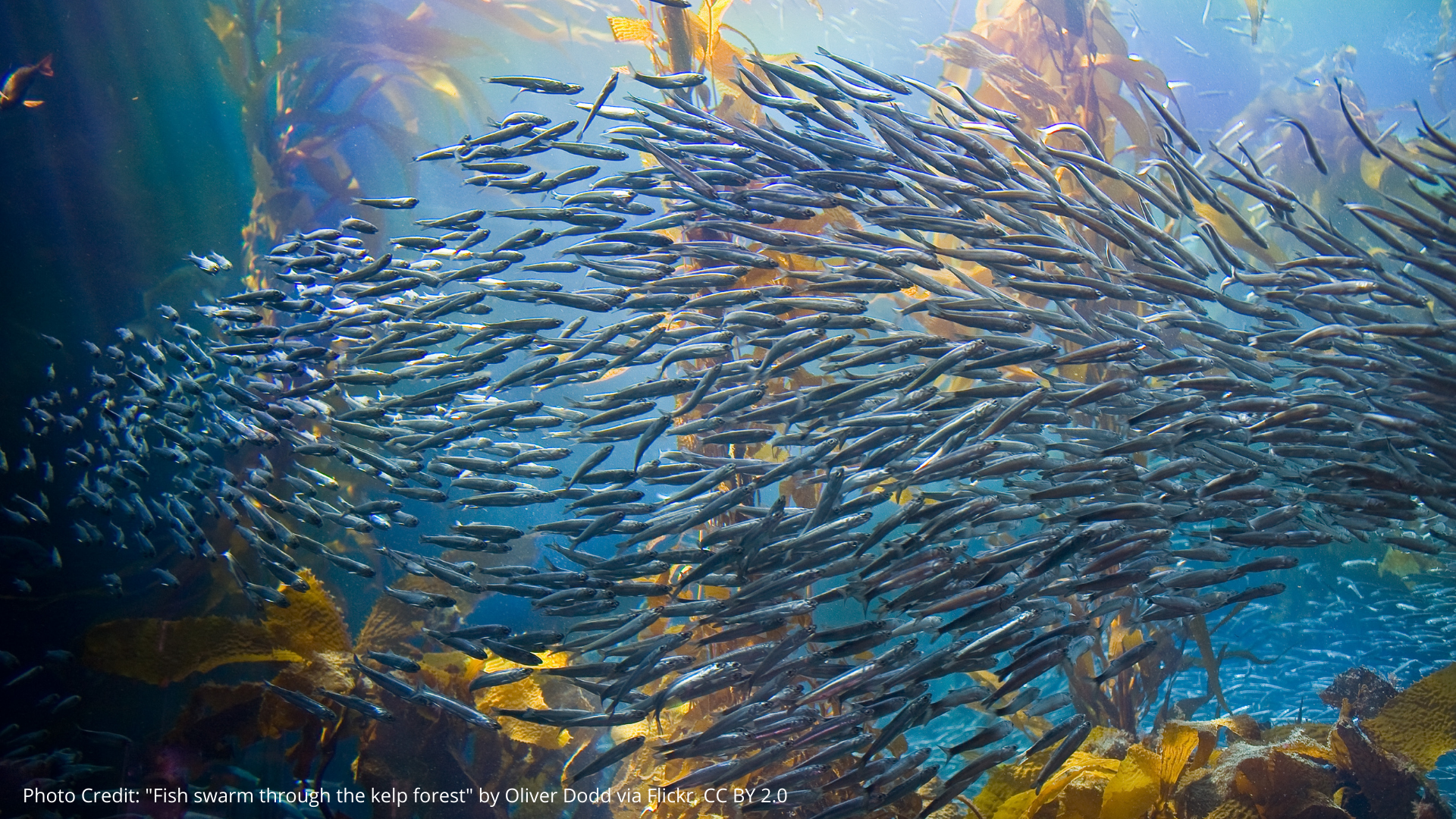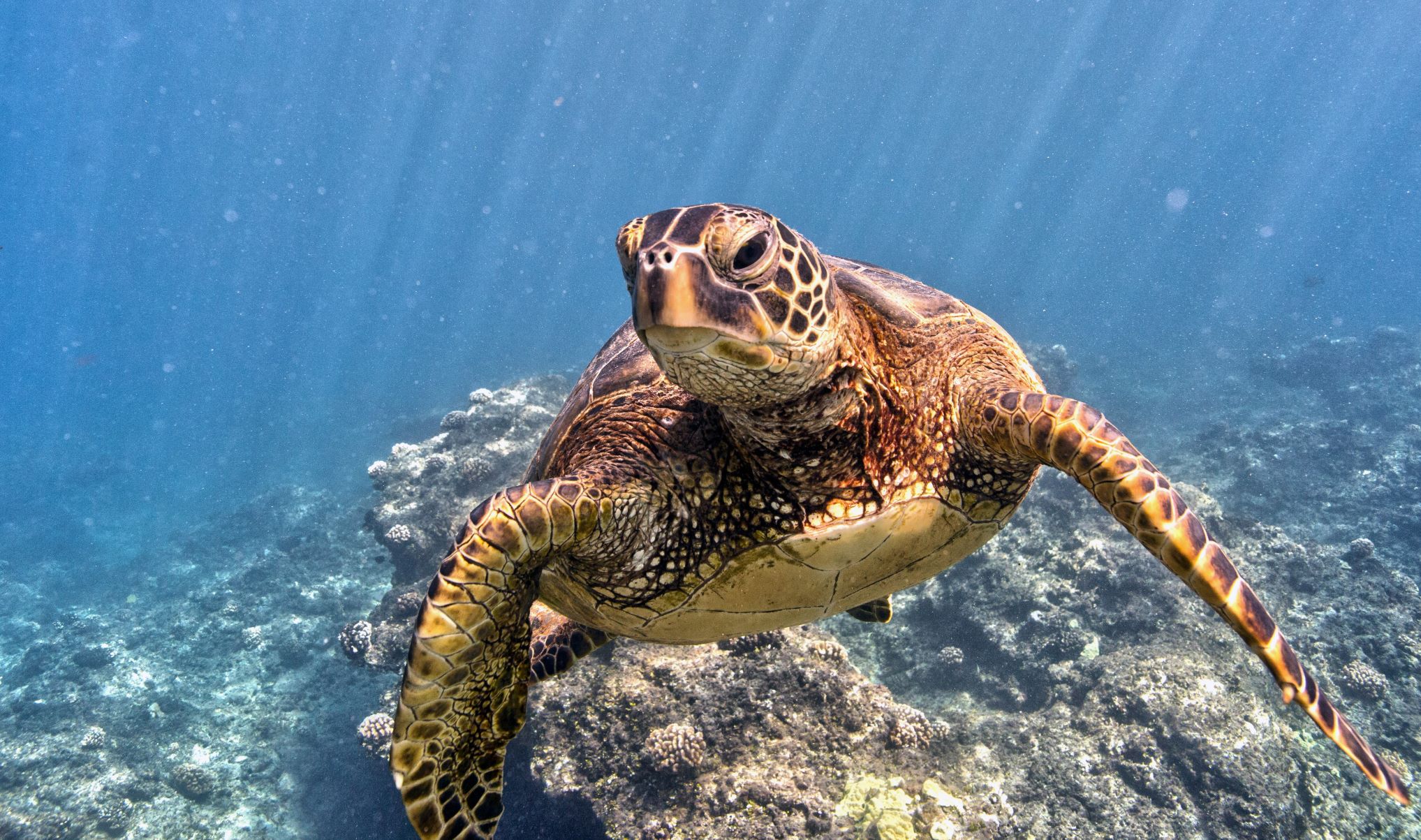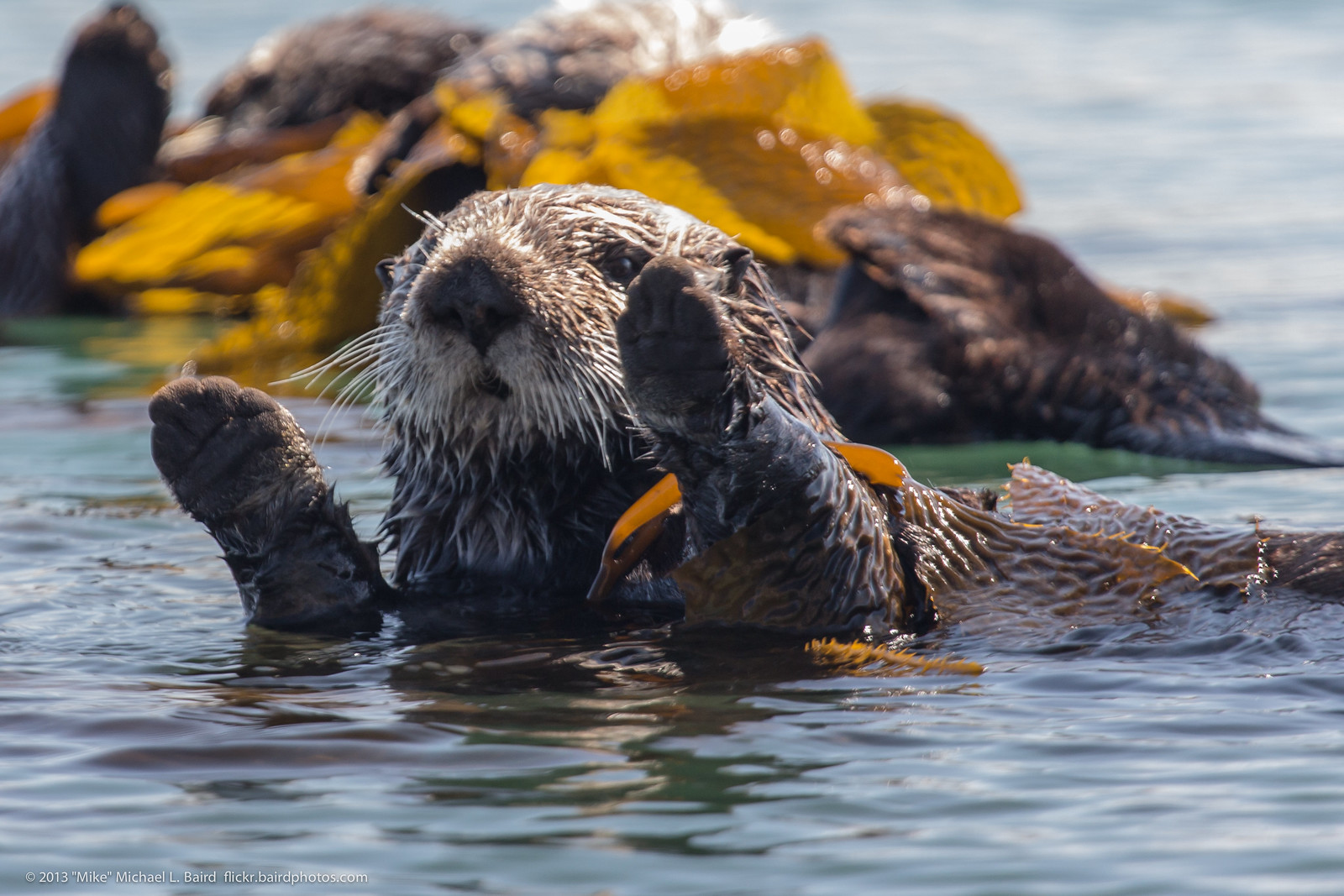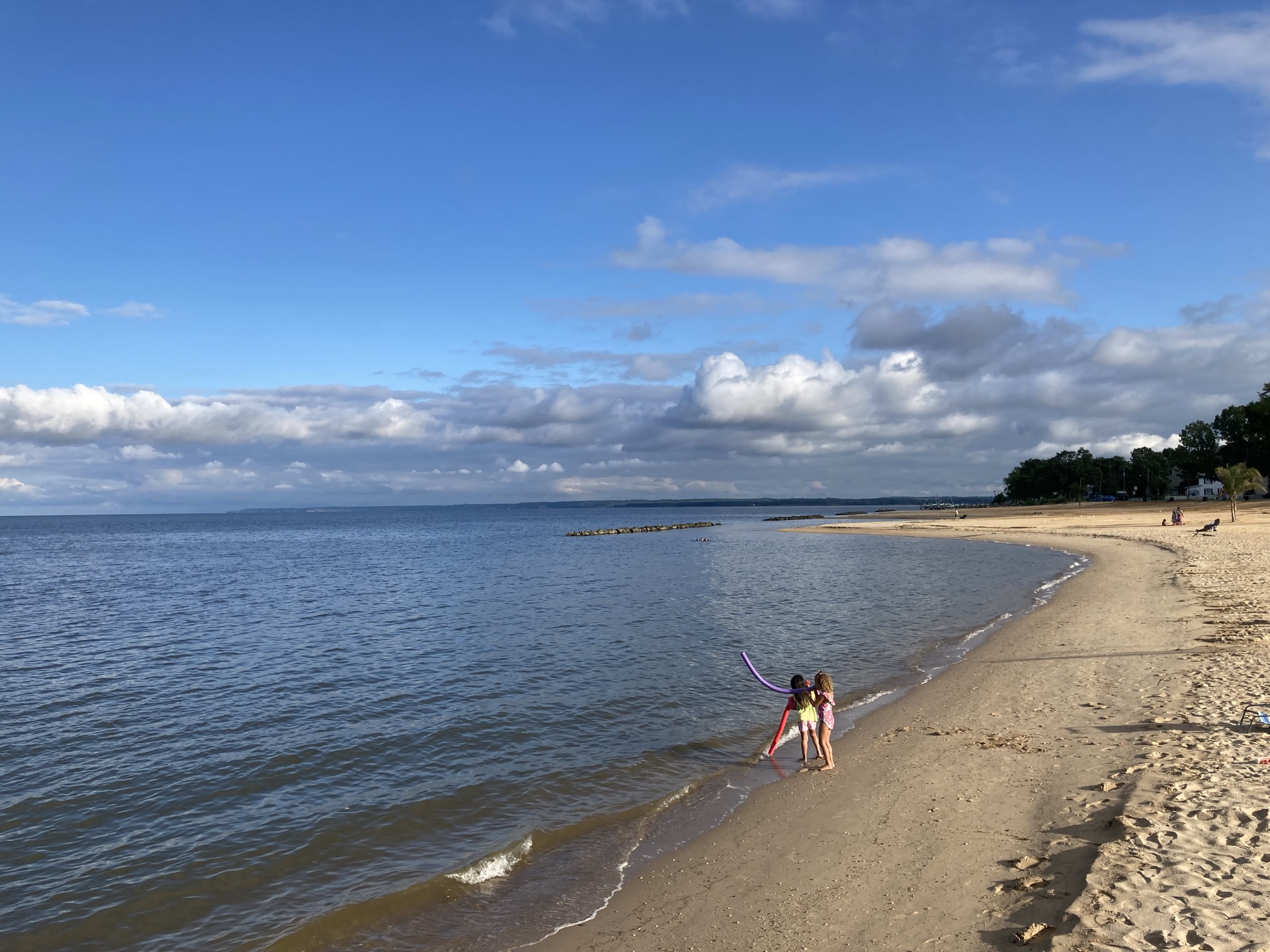Washington has just made a huge commitment to marine conservation
On March 30, Governor Inslee signed a bill aimed at conserving 10,000 acres of native kelp forests and eelgrass meadows in Washington by 2040. This is a huge win for our environment, and here’s why.

On March 30, 2022, Governor Inslee signed a bill (Senate Bill 5619) aimed at conserving 10,000 acres of native kelp forests and eelgrass meadows in Washington by 2040.
This is a huge win for our environment, and here’s why:
Washington is home to 22 diverse kelp species, but sadly, they have been in rapid decline because of our warming climate. In a 2018 study by the Samish Indian Nation, they found that from 2006 to 2016, there was a 305-acre loss of bull kelp beds– that’s a 36% decline in ONE decade.
So why are these beds of diverse kelp forests and eelgrass meadows so important?
These beds are known as blue carbon ecosystems.These areas can sequester up to four times as much carbon by area as land forests. They also act as “carbon sinks” as seagrass meadows store 11 percent of the organic carbon buried in the oceans.
You can see exactly how these blue carbon ecosystems work in the infographic below:
But these ecosystems are doing even more!
They offer protection for maturing fish under their vast canopies. These areas can act as nursery rooms and shelt shielding fish from storms and predators. Kelp forests and eelgrass meadows are also an important part of the food web for our marine wildlife. They absorb nutrients like nitrogen that feed a variety of wildlife that eat their leaves.
With 100,000 acres of native kelp forests and eelgrass meadows being protected, Washington is well on its way to staying evergreen forever.
Thank you to legislative leaders, coalition partners, Governor Inslee and every Washingtonian who made their voices heard for making this vision a reality.
Topics
Authors
Mandy Apa
Find Out More

Marine protected areas are the best hope for the ocean – but only if the protections are real

Sea otters are good for kelp and good for us

Has PFAS contaminated your beach?

